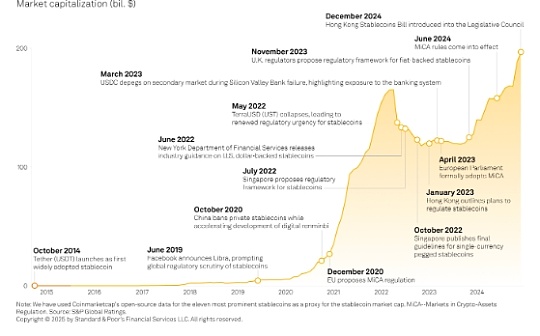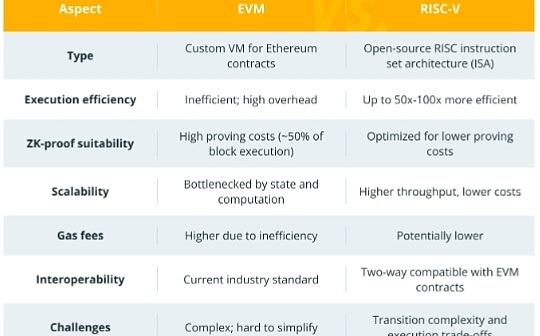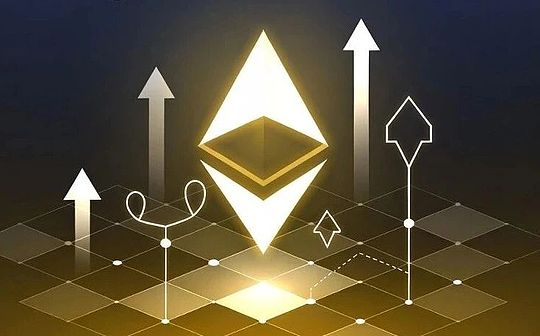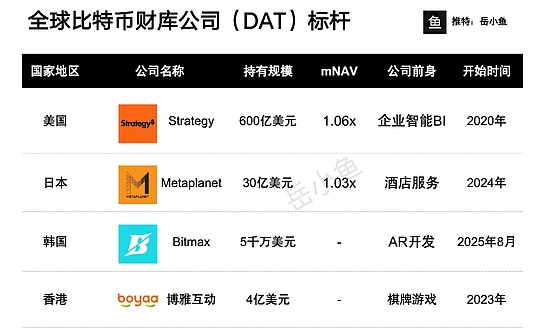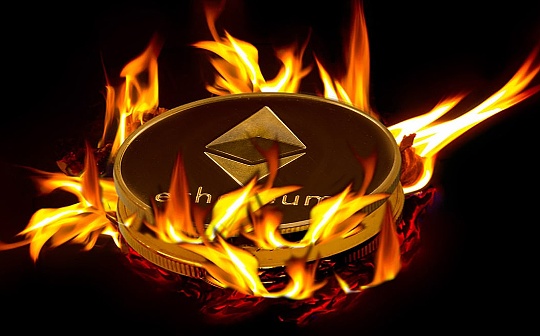
Author: Aimen Noor, CoinTelegraph; Compiled by: Deng Tong, Bitchain Vision
1. Interpretation of Ethereum Destruction Address
The Ethereum Destroy Address is a unique element in the Ethereum blockchain, designed specifically to permanently delete Ethereum in circulation.
The Ethereum destroy address is represented by the address 0x000000000000000000000000000000000000000000000000000000000000000000000000000000000000000000000000000000000000000000000000000000000000000000000000000000000000000000000000000000000000000000000000000000000000000000000000000000000000000000000000The basic concept behind destruction of addresses is intentional destruction of tokens.
A key feature of burning an address is the absence of a corresponding private key.Since the private key is required to control the cryptocurrency wallet, this intentional omission ensures that any Ethereum (ETH) sent to the destroyed address is irrevocably lost.There is no mechanism to restore or reuse these burned tokens.
Ethereum destroy address plays a key role in managing the overall supply of ETH.By reducing the supply of circulation, burning tokens creates potential deflationary pressures and affects the value dynamics of cryptocurrencies.This process helps maintain the health and long-term stability of the Ethereum network.
2. How to destroy Ethereum address
Ethereum destroys addresses work similarly to regular addresses, but lacks a private key, making any tokens sent there inaccessible and permanently deleted from circulation.
The mechanism for destroying addresses on Ethereum seems simple.Its functionality is similar to any other Ethereum address, but has no associated private key.When ETH or compatible ERC-20 tokens are sent to that address, they essentially enter a digital blank, leaving forever a circulating supply.
The lack of a private key is the key to burning address functionality.In the cryptocurrency world, private keys grant control over the wallet and its assets.Without a private key linked to the burning address, any token transferred there will be permanently inaccessible, ensuring the irreversibility of the burning process.
In order to “destroy” ETH, the user or smart contract initiates the transaction and designates the destroyed address (0x0000000000000000000000000000000000000000000000000000000000000000000000000000000000000000000000000000000000000000000000000000000000000000000000000000000000000000000000000000000000000000000000000000000000000000000000000000000000Once the transaction is confirmed on the Ethereum blockchain, the transferred ETH will effectively exit circulation, thereby achieving the purpose of reducing supply.
3. The economic impact of ETH burning
ETH combustion creates deflationary pressure, which may increase the value of ETH and help stabilize transaction fees.
The ETH combustion mechanism has a significant economic impact on the Ethereum ecosystem.The combustion will permanently remove ETH from circulation, thereby introducing deflationary pressure.If the burn rate exceeds the rate at which a new ETH is issued (by mining or staking reward), the overall supply of ETH will decrease over time.According to supply and demand principles, this potential scarcity can have a positive impact on the price of ETH.
Another economic impact is how ETH destruction affects transaction fees.With the implementation of EIP-1559, a portion of each Ethereum transaction fee will be destroyed.This mechanism helps stabilize the Gas fee (transaction costs) and makes it easier for users to predict.Additionally, a reduced supply of ETH due to combustion may incentivize validators to prioritize higher-cost transactions, which may help with faster confirmation.
It is worth noting, however, that the long-term economic consequences of destroying ETH are still affected by market forces and the evolving Ethereum network.The deflationary nature of destruction may make ETH a more attractive store of value, while others warn that this is only one factor in a complex economic system.Ultimately, the interaction between ETH burning, network usage and wider market dynamics will shape its overall economic impact.
4. Example of ETH destruction mechanism
Ethereum utilizes ETH destruction mechanisms, including EIP-1559’s basic cost destruction and repurchase and destruction of specific projects.
Various mechanisms within the Ethereum ecosystem promote the burning of ETH.The most important one is the destruction of basic expenses introduced by EIP-1559.This upgrade fundamentally changed the fee structure of Ethereum, requiring permanent destruction of a portion of each transaction fee (basic fee).This mechanism plays a continuous deflationary role in the supply of ETH.
In addition to EIP-1559, various projects built on Ethereum can implement their own destruction mechanism.For example, some tokens use a repo and destruction model, and projects use revenue to repurchase their tokens from the market and then send them to the destruction address.This can help regulate the token supply and possibly support its price.
Some blockchain projects also use Proof of Burning (PoB) as an alternative consensus mechanism, where network participants burn tokens to gain the right to create new blocks.It involves sending tokens to an unusable address, often referred to as a “black hole” address.Additionally, some projects may burn tokens to introduce scarcity or implement a deflationary token economic model.
5. How to view the burned address
To view the Ethereum burning address, use a blockchain browser (such as Etherscan) and search for that address.This will show the remaining balance and history of burned tokens.
Etherscan is widely regarded as the preferred browser for the Ethereum network.First, just open your favorite web browser and navigate to the Etherscan website.Once there, find the search bar, which is usually noticeably displayed at the top or near the center of the page.Carefully enter the burning address (0x00000000000000000000000000000000000000000000000000000000000000000000000000000000000000000000000000000000000000000000000000000000000000000000000000000000000000000000000000000000000000000000000000000000000000000000000000000000000000000000000000000000000000000000000000000000000000000000000000000000000000000000000000000000000000000000000000000000000000000000000000000000000000000000000000000000000000000000000000000000000000000000000000000000000000000000000000000000000000000000000000000000000000000x00

Etherscan will display a page dedicated to burning addresses.On this page, you can view the ETH balance, which is always zero, because ETH cannot reside in the destroyed address.It also shows a list of all transactions that send ETH or compatible tokens to that address for destruction.
Some browsers may provide additional tabs or sections, such as token trackers (which display historical data about destroyed tokens), or even an analysis chart that visualizes destruction activity over a selected time period.
6. Potential future developments related to ETH destruction
ETH destruction may exacerbate supply deflationary pressures, enhance the predictability of the expense market, and promote innovative projects that incorporate unique destruction mechanisms.
The ETH combustion mechanism may drive some exciting developments within the Ethereum ecosystem.A key area is the potential for deflationary pressure to intensify.If the ETH destroy speed continues to exceed the ETH issuance speed (via mining or staking rewards), the overall supply of ETH will continue to decrease.This growing scarcity may further enhance ETH’s value proposition, especially when the network is more widely adopted.
Another potential development is related to the evolution of the Ethereum expense market.The basic fee combustion mechanism introduced by EIP-1559 has helped to improve the predictability of transaction costs.Future adjustments or upgrades may further optimize the cost dynamics, which may include additional destruction of components or modifying the way basic expenses are determined.
In addition, innovative projects and protocols can incorporate unique ETH burning mechanisms into their token economic models.These may range from changes in repo and destruction models to novel use cases in decentralized financial protocols or irreplaceable tokens.As the Ethereum ecosystem matures, the potential applications of ETH destruction may expand.

